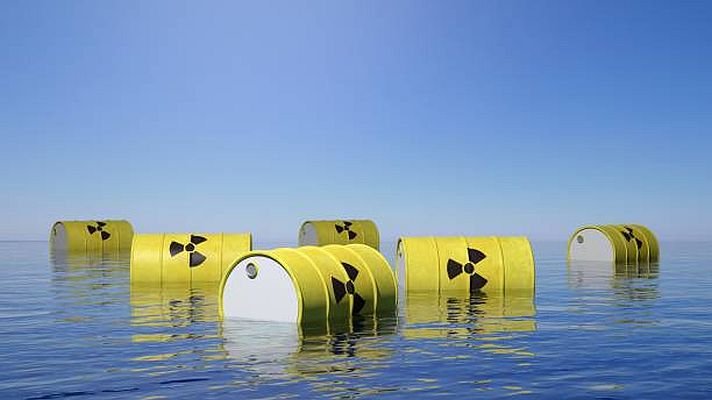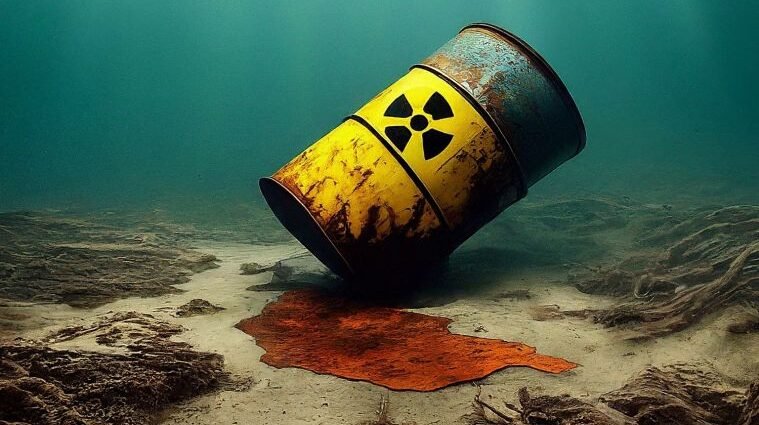A well-known ocean pollution site near Los Angeles may be more dangerous than previously thought, as it contains not only harmful chemicals but also low-level radioactive waste. For years, scientists have been speculating about a “graveyard” of barrels partially buried in the seafloor. They initially believed the barrels may contain DDT, a harmful pesticide that was dumped in the area in the past and can still be detected in high levels today.

However, a new study has discovered that certain barrels in the area may contain radioactive isotopes like tritium and carbon-14, which were previously utilized in hospitals, labs, and industries.
The lid was blown off in 2020, when the graveyard of barrels was first discovered. Researchers have been studying the sediment and water in the area to determine the full extent of the pollution.
To fully understand the situation, the researchers had to do some investigative work. They sifted through numerous old documents and discovered that the company California Salvage, which had previously dumped DDT in the area, was also responsible for dumping radioactive waste.

The legality of the company’s disposal of radioactive waste is uncertain, as records show they had a permit but the US Atomic Energy Commission says it was never used. Despite the lack of accountability for the disposal of radioactive material, researchers suggest that it is highly likely that the material may have been dumped within 150 miles of shore due to questionable practices.

Researchers have found a map from the Atomic Energy Commission that shows the extensive amount of radioactive waste that was dumped into the US end of the Pacific Ocean between 1946 and 1970. This has left a lasting impact that we are still dealing with today.
Reference- LA Times, Journal Environmental Science & Technology, The Guardian, BBC, The Washington Post






